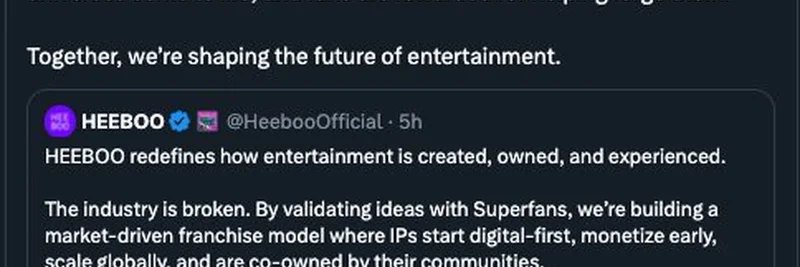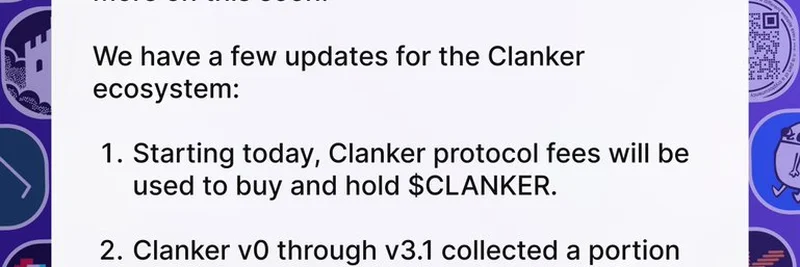In the fast-paced world of crypto, valuations can feel like a wild guessing game. Ryan Watkins, co-founder of Syncracy Capital and a former Messari exec, recently dropped a thought-provoking thread on X that cuts through the noise. He argues that people often overthink Layer 1 (L1) blockchain valuations—those base-layer networks like Ethereum (ETH) and Solana (SOL) that power everything from DeFi to meme tokens.
Watkins points out a stark example: Just months ago, ETH was trading around $1,400, and the narrative was that Ethereum was on its last legs. Fast forward to today, and it's hovering near $5,000, hailed as the go-to chain for stablecoins and even positioned as the next "Bitcoin-like" asset for big institutions. What changed? According to Watkins, it was something called "Bitmine"—likely referring to a key event or player in the space that shifted perceptions overnight. But the real takeaway? Price often leads the story, not the other way around.
This isn't about whether these shifts are "justified." In crypto, there's no standard playbook for valuing assets like there is in traditional finance. No discounted cash flows or P/E ratios that everyone agrees on. Instead, a vacuum forms, and narratives rush in to fill it, often alongside relative comparisons to other assets.
Take ETH's bull case: Is it capturing a slice of global GDP through its transaction fees? Or is it "programmable Bitcoin," something inherently priceless? Watkins says it could be both—or neither. No one truly knows, so the market defaults to vibes and benchmarks. Bitcoin (BTC) sits at a $2 trillion market cap, so why shouldn't ETH be half of that? After all, it does everything BTC does and more, like smart contracts that enable automated agreements without middlemen.
Then there's Solana. At around $500 billion for ETH, why not peg SOL at 100% of that or higher? Solana boasts faster speeds, lower fees, and booming activity in areas like decentralized exchanges and, notably, meme tokens. It's got traction in nearly every metric that matters for network health—think user activity, transaction volume, and developer engagement. This relative value game might sound simplistic, but in a space without clear fundamentals, it's how things roll.
Watkins isn't throwing logic out the window. He still bets on quality assets with solid fundamentals for the long haul. But he warns against getting lost in theoretical valuations when the real edge comes from picking the right horses early. Crypto's a flows-and-narratives party until the music stops, and assets that break into mainstream awareness—like BTC and ETH—have a massive moat.
This resonates big time in the meme token world we cover here at Meme Insider. Meme coins are narratives on steroids: pure community-driven stories with little to no underlying tech value. Think Dogecoin or newer Solana-based hits—their prices skyrocket on hype, memes, and social momentum, much like how Watkins describes L1 shifts. If SOL flips ETH in relative value, imagine the ripple for its meme ecosystem.
Fundamentals will anchor things eventually, as networks prove their worth through real-world adoption. But for now, Watkins' advice is gold: Don't overcomplicate it. Focus on narratives that stick, relative positioning, and assets with staying power.
For the full thread, check it out here. What's your take—will SOL catch ETH, or is Ethereum's institutional appeal unbeatable? Drop your thoughts in the comments.



